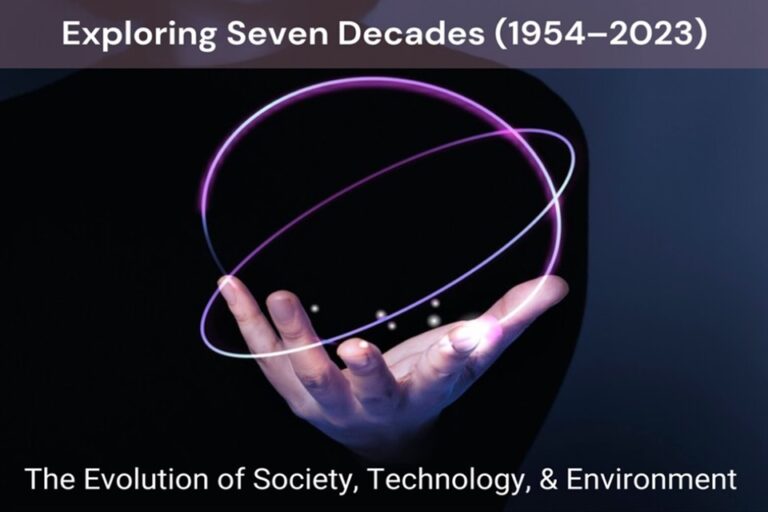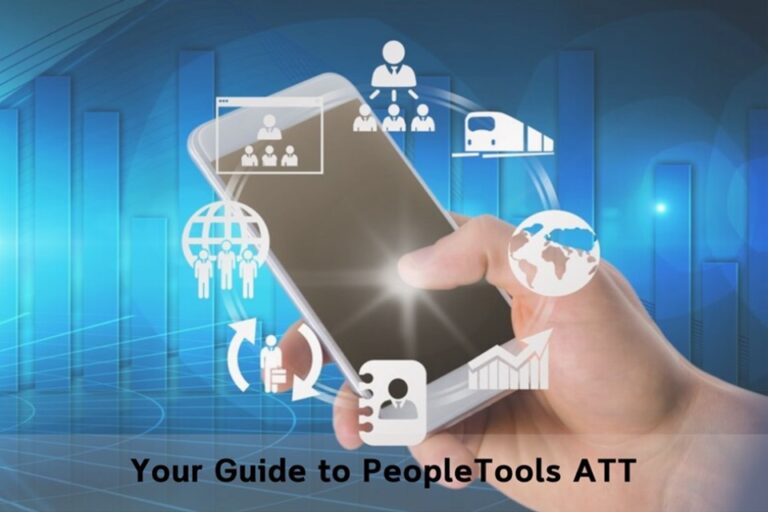In an ever-changing landscape of entertainment, Ma’gistv shines as a pioneer reshaping digital content consumption. This article delves into Magistv’s innovative journey, exploring how it continues to redefine entertainment in the digital age. Join us as we uncover the exciting trends and developments shaping Magistv’s evolution and the future of entertainment consumption.
Understanding Magistv
Magistv is a groundbreaking platform in the entertainment and media consumption industries, offering users a seamless and customized viewing experience. By harnessing digital technology, Magistv bypasses traditional television providers and delivers on-demand and live programming directly over the internet.
How Does Magistv Work?
Ma’gistv functions via an internet connection, offering users access to a wide-ranging library of movies, shows, documentaries, and live broadcasts across different devices. Utilizing real-time streaming technology, Ma’gistv facilitates instant playback, eliminating the necessity for physical media or scheduled programming.
Essential Features:
Convenience and Accessibility: Ma’gistv liberates users, granting them the freedom to enjoy their preferred programs anytime, anywhere, across multiple devices such as smart TVs, smartphones, tablets, and computers, without the constraints of traditional TV schedules.
Quality of Content: With high-definition (HD) and Ultra HD (4K) resolution options, Ma’gistv ensures unparalleled visual and audio quality, surpassing standard cable or satellite services, thereby enriching the overall viewing experience.
Cost-effectiveness: Ma’gistv prioritizes customer satisfaction by offering customizable subscription plans, allowing users to tailor their viewing preferences and pay only for the content they desire, maximizing cost-effectiveness.
Setup Instructions For Magistv
- Use a smart TV, streaming stick, gaming console, or smartphone/tablet.
- Ensure your device is connected to the internet via Wi-Fi or Ethernet.
- Find and download the Magistv app from your device’s app store.
- Sign up for a Magistv account within the app.
- Browse through movies, series, and live channels available on Magistv.
- Adjust settings and personalize your viewing experience.
- Select your desired content and begin streaming.
- Add payment details if required for subscriptions or purchases.
Magistv: On-Demand & Live TV Entertainment
- Versatile Compatibility: Ma’gistv supports various operating systems and devices, including iOS, Android, Windows, macOS, and popular smart TVs like Samsung, LG, and Sony.
- Extensive On-Demand Content: Users can explore a vast library of on-demand content, ranging from classic movies to trending TV shows, offering the flexibility to watch their preferred content at any time.
- Exclusive Originals: Ma’gistv features a collection of exclusive original content, enhancing the platform’s appeal and providing users with unique entertainment options.
- Live TV Streaming: In addition to on-demand content, Ma’gistv offers live TV streaming, granting access to sports events, news broadcasts, and special programming, ensuring a comprehensive entertainment experience.
- Personalized Recommendations: Ma’gistv employs advanced algorithms to suggest content tailored to individual viewing history and preferences, enhancing user satisfaction by delivering a customized entertainment experience.
Conclusion
The emergence of Ma’gistv represents a significant shift in the landscape of entertainment consumption. Its innovative approach has rendered traditional television obsolete, offering a seamless blend of convenience, high-quality content, and personalized customization. As the digital entertainment industry continues to evolve, Ma’gistv is poised to remain at the forefront, shaping the future of entertainment consumption.
FAQs
How does Ma’gistv differ from traditional TV services?
Ma’gistv offers on-demand and live programming directly over the internet, freeing users from traditional TV schedules.
Is Ma’gistv accessible on all devices?
Yes, Ma’gistv is compatible with iOS, Android, Windows, macOS, and popular smart TVs like Samsung, LG, and Sony.
How does Ma’gistv personalize the viewing experience?
Ma’gistv utilizes advanced algorithms to tailor content recommendations based on individual viewing history and preferences.










